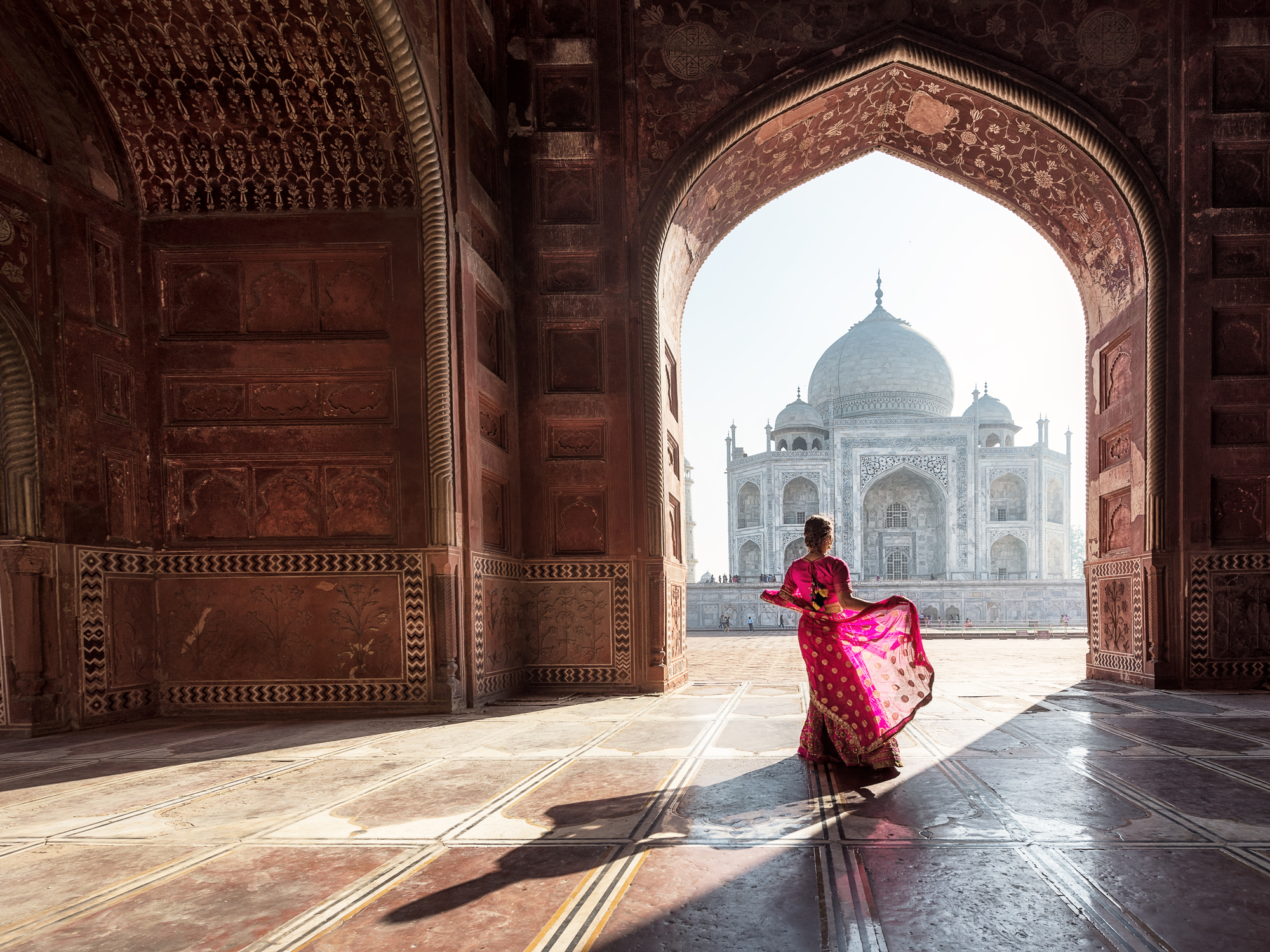India’s path to tourism recovery

Countries are gradually opening their gates under strict regulations to visitors, looking to seek a balance between keeping their tourism sector afloat and their residents safe.
India, although a long way to total tourism recovery, sees a glimmer of hope. Wego discusses the country’s path to normalcy in the travel industry.
Things are looking up for the tourism sector
Several states are easing out of lockdowns
After being in lockdown for over a month, many states are now easing their restrictions. Maharashtra, Delhi, Haryana, and Karnataka have already started on their unlocking journey, allowing shops and restaurants to open for certain hours. Hotels and restaurants can now welcome guests with their usual gusto.
Tourist spots are seeing the daylight once again
Several centrally protected monuments and museums, including the Taj Mahal, the Red Fort, Chittorgarh Fort, and the Ajanta Caves reopened to the masses on 16 June this year. Entry has been channeled through online booking services, with on-site ticket counters having been suspended.
Other public places and tourist spots may take a little longer to become accessible to the public, but it won’t be far down the road, assuming the case counts don’t spike.
Domestic travel enjoys the public eye
As in many parts of the world, domestic travel is expected to bounce back first. With around 40 countries placing a travel ban on India and several more enforcing arduously strict restrictions, there are only so many places open for Indian travellers. Piling on to their concerns, Covaxin and Sputnik are yet to be approved by the World Health Organization (WHO) which may jeopardize international travel plans of those who have taken either of the two.
But, on the brighter side, the Indian government is capitalizing on the chance to push the domestic tourism segment, from rolling out the “Dekho Apna Desh” campaign that rewards visitors who’ve journeyed to 15 designated tourism hotspots, to supporting the Confederation of Hospitality, Technology and Tourism Industry (CHATT).
Burgeoning microtrends in travel
The pandemic has given rise and a new lease of life to multiple microtrends in travel, such as revenge travel, staycation, remote working, and more. The Indian travel industry is taking notice, even birthing one popular term: “workation”.
According to Google Trends, there’s an 88% month-on-month increase for the term “workation” as of mid-June and 83% increase for “staycation” during the same period of time. A spike in search for these terms indicate that people are eager to escape, in any way they can do it.
The vaccination drive progressing swiftly
Despite the initial hiccups of shortage of vials and wastages, the largest vaccination program in the world is now steadily back on track. As of mid-June, around 15% of the Indian population has been at least partially immunized.
About 100 million vials of Covishield and Covaxin are rolling off the production lines every month, Sputnik will soon be up for grabs. Pfizer and Moderna, too, are being considered by the Centre to ramp up the supply of vaccines.
A recent survey conducted by Wego shows that 74% of Indians want to get vaccinated so that they can travel for leisure.
Inoculation certainly gives travellers a clear edge. Vaccination certificates are increasingly accepted in lieu of negative test reports. But more than that, full reopening of tourism hubs like Goa is contingent on the immunization of locals as well as visitors, according to the state’s tourism minister, Manohar Ajgaonkar.
Significant downturn in COVID-19 cases
The country is seeing a slow but sure drop in its case count. From the peak of 400,000 cases, the daily caseload has dropped to the range of 70,000 to 80,000. According to the government data, the positivity rate is down to just 3.45%, while the recovery rate has gone up to 95.64%.
Bringing the coronavirus transmission in control would certainly be a shot in the arm for the travel industry.
A muted, optimistic view on the Indian economy
The lockdowns have inevitably left the Indian trade and industry beaten down. However, experts believe that the economy might be able to find its footing in the near future.
The World Bank has projected India’s economy to grow at 8.3% in 2021 and 7.5% in 2022. However, according to Sanjay Agarwal, President of the PHDCCI (PHD Chamber of Commerce and Industry), with the right efforts on the government’s part, a growth rate of over 10% will be achievable in 2022.
Hitches to look out for…
A third wave of the pandemic
Before the country could recuperate from the blows of the second wave, a third wave had already become a topic of discussion and angst.
This upsurge, believed to affect children the most, can potentially put a damper on the recovery plan. If the current relaxation of regulations leads to negligence on the part of the local governments and the residents, it may necessitate another delay in travel resumption.
Discrepancies in state regulations
Ensuring uniformity in the testing and quarantine requirements across states is paramount in a vast, diverse country like India. If the travel industry is left scrambling to piece out the different rules, the road to recovery might be a bumpy one.
Will India have an appetite for travel in the coming years? Indubitably, yes.
In a survey conducted by American Express Global Travel Trends in March 2021, Indians ranked the ‘most interested’ in travel when weighed against Americans, Australians, Canadians, British, Japanese, and Mexicans. The pandemic has obviously not shaken the roots of the travel industry in India, and in all likelihood, will not do so going forward.
All in all, the tourism industry in India has a promising future. While it may take a while, recovery and return to normalcy for travel are all but guaranteed.



Comments are closed.